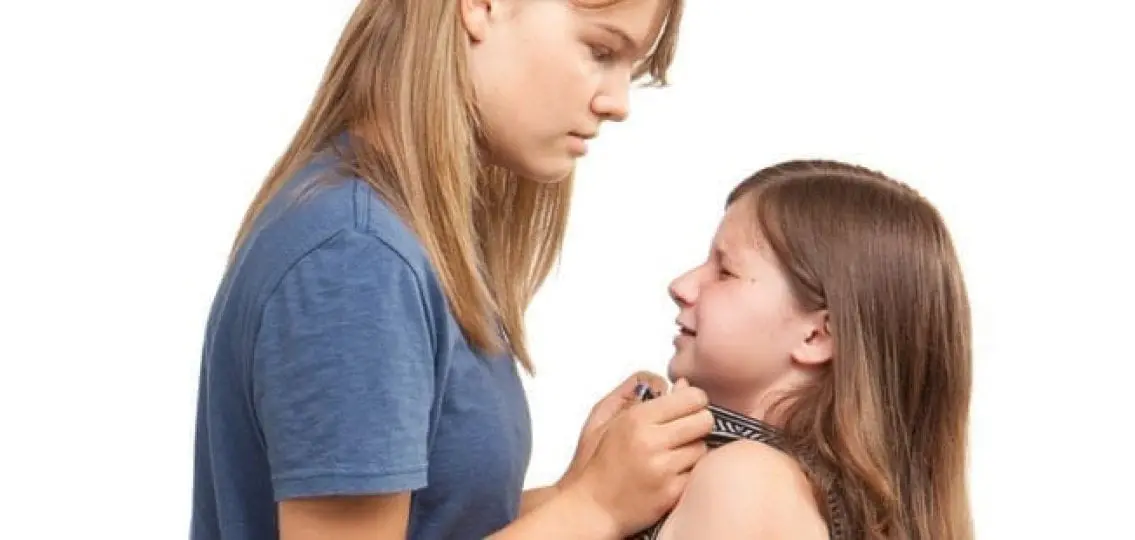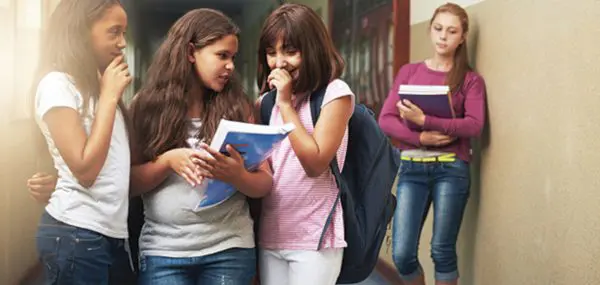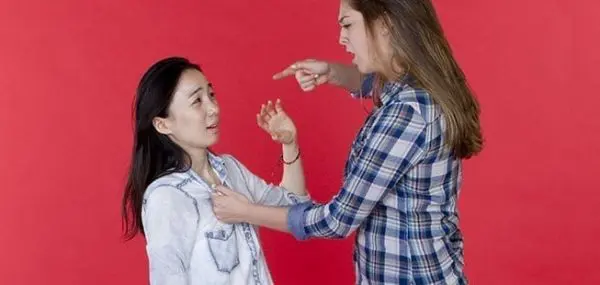Dr. Lipkins, psychologist and expert in bullying, shares her expertise with us, parents who worry about bullying. Whether your child is the bullied or the bully—it’s hard to know what to do. Lipkins’ advice will help.
Q: How do you define bullying?
Lipkins: I define bullying as “an intentional act of aggression, based on an imbalance of power, that is meant to harm a victim either physically or psychologically.”
Q: Is bullying today different than in the 20th century?
Lipkins: Bullying today is vastly different than what baby boomers experienced. Bullying today is much more sexualized and violent. Also, technology extends the reach of the bully: cyberbullying, sexting, YouTube.
Parents are raising their kids in a highly competitive society. I call it “vulture culture.” Sports, academics, and employment are much more intensely competitive. We have a winner/loser mentality. An increase in competition leads to an increase in aggression.
Q: How can we distinguish between teasing, being mean, and bullying?
Lipkins: This is difficult. In general, bullying worsens over time and negatively affects the victim. Ultimately, bullying is a problem when it interferes with a teen’s social, academic, or home life. According to the CDC, “In 2007, 5.5% of high schoolers nationwide did not go to school” because they felt unsafe at school or on their way to or from school. Another study found that as many as 160,000 students go home early on any given day because they are afraid of being bullied.
Q: Is there a profile of the “typical” bully?
Lipkins: There is no profile. However, research shows that, contrary to common myths, bullies are often popular; sometimes, they are athletes or honor students. Some victims become bullies, as well. As in the Columbine tragedy, the perpetrators of the horrible crime were bullied to their breaking point.
Q: Should adults ever tolerate bad behavior as, “Kids will be kids?”
Lipkins: The truth is that each teen may react differently to the same set of circumstances. Given the same scenario, one teen will respond with resilience, while a different teen will feel vulnerable. Predicting how each teen will react is difficult. Yet, for the child who cannot stop the bullying, cannot tolerate it, and is hurt by it, the behavior cannot be excused.
Q: How do you know if your teen is a bully?
Lipkins: If you watch the way they speak and interact with their peers, and even their younger siblings, you will have a clue. Their behavior may indicate if you teen’s a bully.
Q: Once you know that your teen is a bully, what do you do as the parent?
Lipkins: Work with a mental health professional before the bully gets into significant trouble.
Q: Is there a profile of the “typical” kid who gets bullied?
Lipkins: There is no one profile. In general, the victim has been taught to compromise, appease, and avoid conflict at all costs. Often, victims are well behaved and afraid to get in trouble with teachers and authority figures. Parents who value tolerance, understanding, politeness, and respect of authority can send the message to their children that they must not get in trouble and be polite above all else. Those children may be more afraid of disappointing their parents than seeking help or protection.
Q: What can parents do to empower the bullying victim?
Lipkins: Give them the confidence, freedom and permission to protect themselves. Parents need to teach their kids to protect their own space. Little children play the game airplane and twirl with their arms wide open. With their outstretched arms, they proclaim, “This is my space.” We must teach our older children to protect their space as well.
Parents must teach three things:
- Project self-confidence with non-verbal skills and language.
- Defend your own space.
- Protect yourself above getting in trouble with authority figures.
Q: Should a bullied teen walk away, seek adult intervention or use aggression in return?
Lipkins: Depending on the teen and the bully, any of these may be useful. Reporting the bullying is the first step and protecting one’s rights and standing up to the bully is always useful, unless the victim may be physically harmed.
Q: Can you be both a victim and a bully?
Lipkins: Yes, sometimes victims become bullies when they have enough power. They feel entitled to do onto others what was done to them.
Q: What support can parents expect from schools?
Lipkins: It depends on the school, but in general, parents have a right for their child to be safe in school; they may need to be a loud and constant force to get proper protection for their child.
Q: Do mothers and fathers differ in their advice to their bullied teen?
Lipkins: Mothers typically tell their children to get help from a trusted adult; fathers typically tell their children to take care of the problem by themselves. Kids need to listen to both parents. They must understand effective reporting through systems, hopefully established by the school. In addition, teens must learn to protect and defend themselves.
Q: Should the parent of the victim ever talk to the parent of the bully?
Lipkins: I do not think there is any such circumstance. Communication should happen via the appropriate authority figure.
Q: When should a parent involve the school?
Lipkins: As soon as bullying begins: the earlier the intervention, the smaller the problem.
Q: Should teens intervene in bullying situations in which they are not involved?
Lipkins: Yes, we are all bystanders and need to teach our teens where, when and how to intervene. Sometimes, that means reporting an incident to the authorities directly or anonymously. Hopefully, your school has established reporting systems that include direct reporting to designated adults and anonymous reporting, possibly through a suggestion box. Sometimes it might mean that an individual or a group simply tells the bully to stop.




